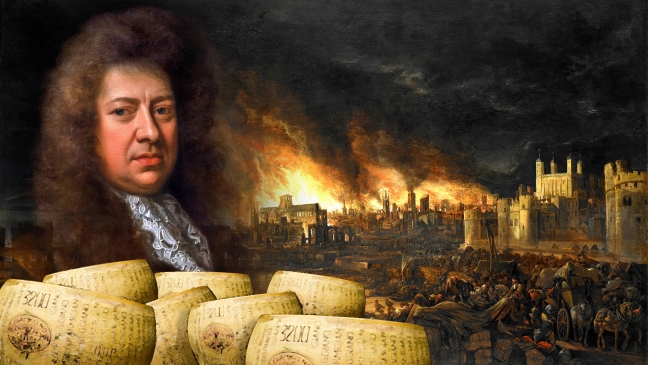Stories are powerful and persuasive. They can inspire our emotions and change our minds - and they can also help us to learn.
Lots of recent research has proven the power of stories for learning. In 2021, researchers explored data involving more than 33,000 participants, revealing that people better understood and more easily remembered narratives over essays.
In other words, stories are “stickier” and more memorable vehicles than non-fiction texts for the tricky information we need pupils to learn.
Another research trial, based on the teaching of evolution in primary schools, showed that pupils learned more when they engaged with stories read by the teacher, rather than through doing tasks to demonstrate the same concept.
For teachers, the implications are obvious. In primary school, foundation subjects like geography and history need to include powerful narratives, whereas in secondary school, even science teachers could also benefit from incorporating stories.
But how, exactly, does this work in practice?
The strategic use of stories
Looking at the research, psychology professor Dan Willingham has identified some of the important ingredients that make a story uniquely sticky. He has distilled them into what he calls the “four Cs”. The first “C” is “causality” (events are related, so stick together more memorably), followed by “conflict”, “complications” and “character”.
Put simply, it’s the key components of narrative that make stories more meaningful to us. As characters decide to do things and enter conflicts, we are able to relate the events to real life or to remembered tales more easily.
For instance, if you tell pupils who are learning about the Great Fire of London the story of Samuel Pepys digging a hole in his garden to bury his valuables - including a giant wheel of Parmesan cheese - to keep them safe from the fire, you can bet this is a detail they will remember.
By contrast, a pupil reading a non-fiction text, which is dense with information, may find it more difficult to understand the text at the point of reading, as well as struggle to recall meaningful details.
Without the connections of significant conflicts or characters, the text, for too many pupils, remains a disconnected sequence of facts.
Read more:
However, teachers need to be strategic with their storytelling. As helpful as stories can be, they can also become distractions. For example, we don’t want pupils to remember only an alluring detail, like burying cheese, while failing to recall more meaningful connections.
Thinking carefully about how to feature stories will help pupils to focus on committing the most useful information to memory.
For example, rather than just recounting the story about the cheese, you might read one of Pepys’ diary entries in full, perhaps focusing on him meeting his friend Isaake Houblon, whose brother had lost his house in the fire.
Pupils can then consider the complications experienced by these characters. They could generate questions to ask them, thereby establishing causality and thinking like historians.
The minor detail of the buried cheese may spark pupils’ interest, but it will be the emotional story of Isaake and his homeless family that will endure in their memories.
Though stories are powerful, it would be easy to get it wrong. Teachers should therefore carefully consider the “how”, “what” and “when” of their story selections.
The following principles can help with this:
1. Identify central characters for a given topic
For example, in geography, where pupils are learning about big international “development goals”, you could introduce these through the lens of real people and memorable characters.
2. Measure your story selections against the “four Cs”
Willingham’s “four Cs” provide a good test for whether a story will be sticky and rich enough to communicate the information in the way you want.
3. Return to a central story throughout a topic
Compelling stories can prove particularly useful for aiding pupils’ recall. As such, keep coming back to key stories, characters and complications to help consolidate pupils’ learning.
4. Don’t overload a topic with too many stories
It is easy to get carried away by incorporating an array of compelling stories, but this can lead to pupils getting confused.
Instead, one or two central stories should be enough to convey a range of complex ideas for a topic.






